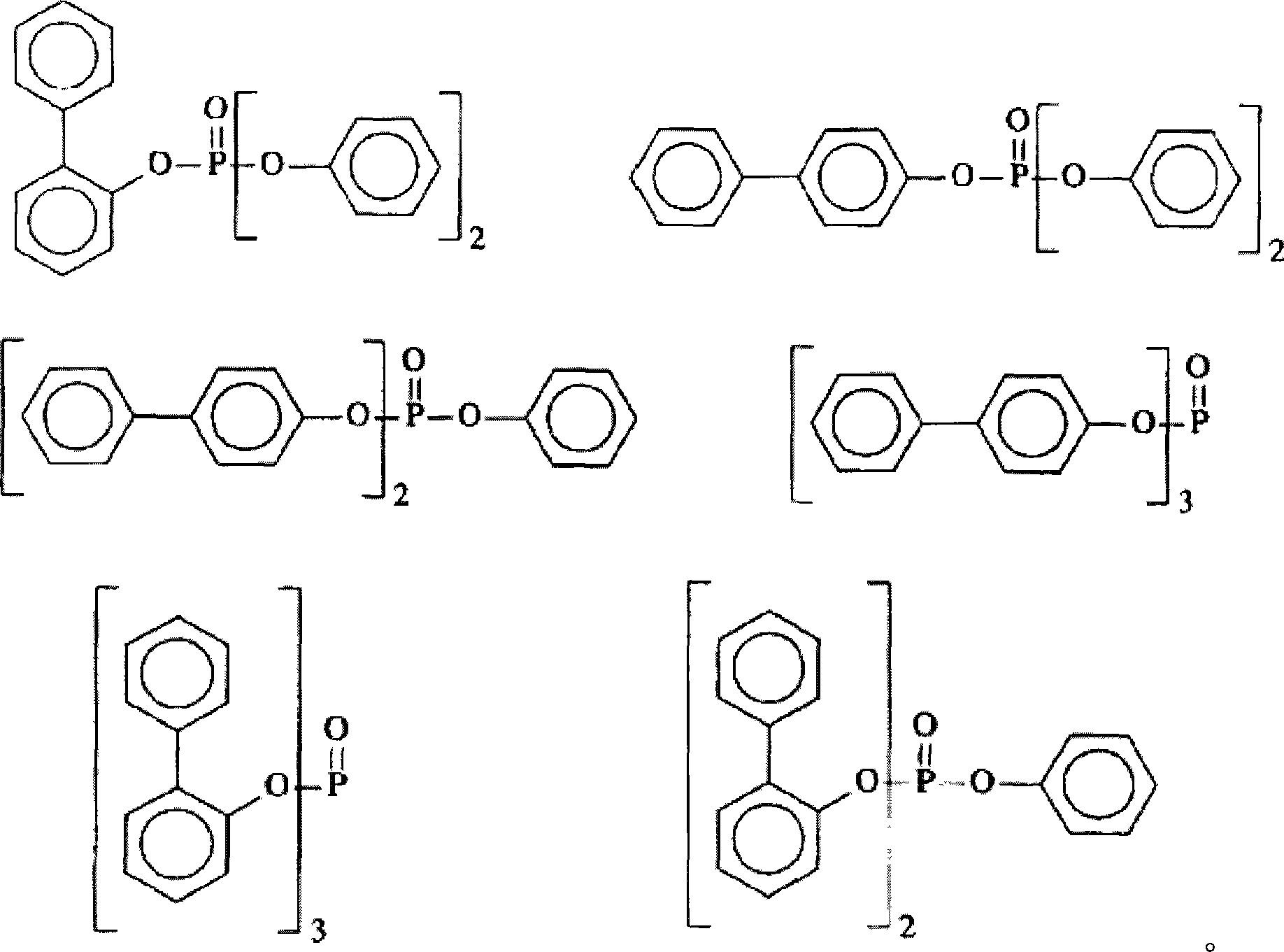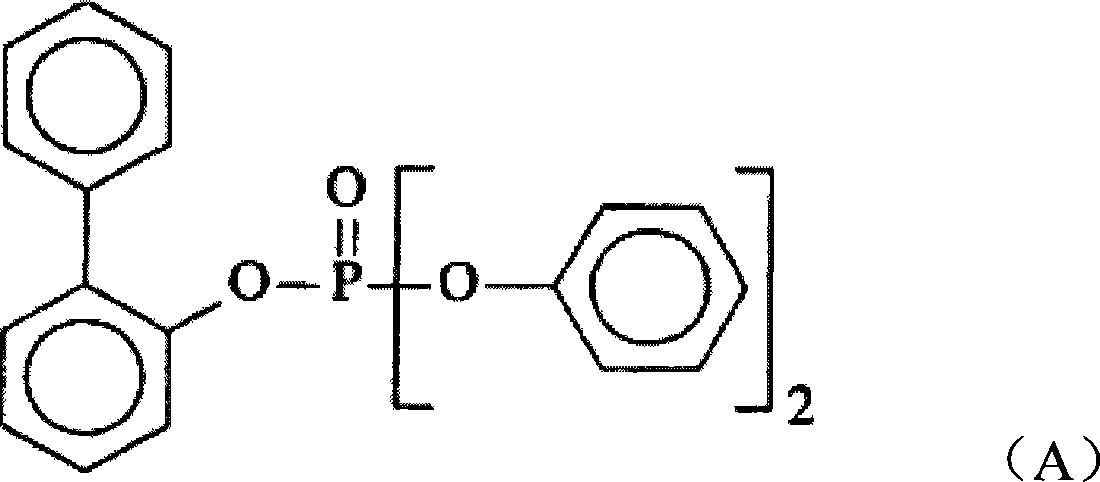Flame-retardant polyester fiber and method for producing same
A technology of polyester fiber and flame-retardant polyester, which is applied in the direction of flame-retardant fiber, fiber treatment, fiber type, etc., to achieve the effect of maintaining washing resistance
- Summary
- Abstract
- Description
- Claims
- Application Information
AI Technical Summary
Problems solved by technology
Method used
Image
Examples
preparation example Construction
[0056] More specifically, the preparation method of the flame-retardant polyester fiber of the present invention comprises the following steps: impregnating the polyester fiber with a flame-retardant liquid containing the phosphorus compound (I), that is, making the phosphorus compound and the polyester fiber contact (contacting step); after the dipping treatment or simultaneously with the dipping treatment, the polyester fiber is subjected to heat treatment under normal pressure or pressure, that is, heat treatment under normal pressure or pressure ( heat treatment step); and, thereby imparting flame retardancy to polyester fibers.
[0057] Therefore, the preparation method of the flame-retardant polyester fiber of the present invention is a post-treatment to impart flame retardancy to the polyester fiber, which is different from a pre-treatment for imparting flame retardancy to the polyester material itself constituting the polyester fiber.
[0058] Preferably, the flame ret...
Embodiment
[0100] The present invention is described in detail by means of the following synthesis examples, examples and comparative examples, which should not be construed as limiting the scope of the present invention.
Synthetic example 1
[0101] Synthesis Example 1 (Synthesis of Phosphorus Compound 1)
[0102] 170.0 g (1.0 mol) of 2-phenylphenol, 307.0 g (2.0 mol) of phosphorus oxychloride and 0.9 g of anhydrous magnesium chloride were added to a 1-liter four-necked flask equipped with a stirrer, a condenser and a thermometer. Under stirring in a nitrogen atmosphere, the mixed solution was heated for 2 hours to raise the temperature to 120°C, and then stirred at the same temperature (120°C) for 1 hour. Next, depressurization was started at the same temperature (120° C.) and excess phosphorus oxychloride was recovered until the pressure reached about 1.3 kPa. The reaction mixture was cooled to room temperature, and 188.0 g (2.0 mol) of phenol and 30 g of toluene were added. Then, under stirring in a nitrogen atmosphere, the temperature was raised to 150° C. by heating for 2 hours, and reacted at the same temperature (150° C.) under reduced pressure (about 6.5 kPa) for 2 hours. After completing the reaction, th...
PUM
| Property | Measurement | Unit |
|---|---|---|
| Melting point | aaaaa | aaaaa |
| Melting point | aaaaa | aaaaa |
Abstract
Description
Claims
Application Information
 Login to View More
Login to View More - Generate Ideas
- Intellectual Property
- Life Sciences
- Materials
- Tech Scout
- Unparalleled Data Quality
- Higher Quality Content
- 60% Fewer Hallucinations
Browse by: Latest US Patents, China's latest patents, Technical Efficacy Thesaurus, Application Domain, Technology Topic, Popular Technical Reports.
© 2025 PatSnap. All rights reserved.Legal|Privacy policy|Modern Slavery Act Transparency Statement|Sitemap|About US| Contact US: help@patsnap.com



